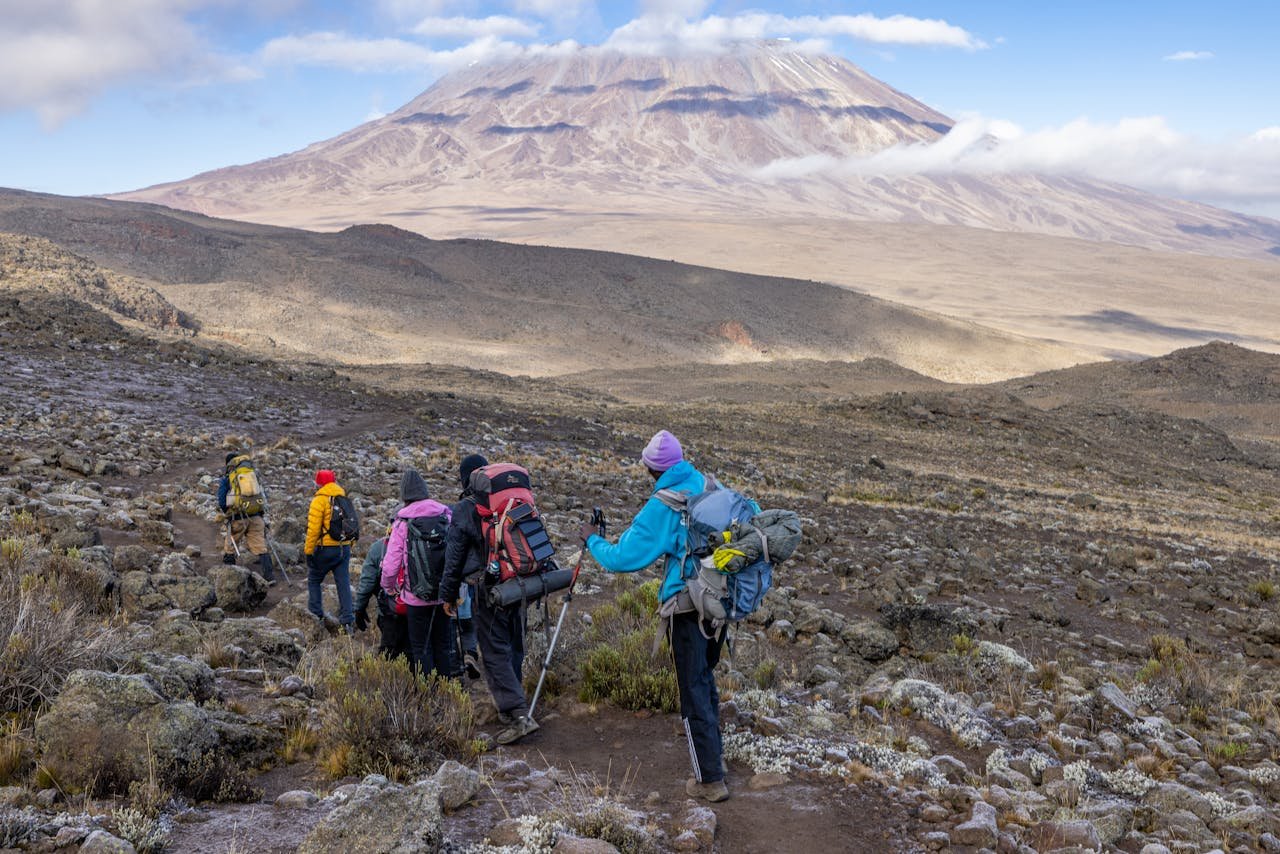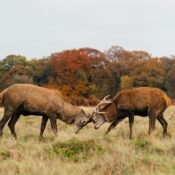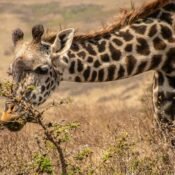
5 Top Tips: Preparing for Kilimanjaro Trekking
Climbing Kilimanjaro, the highest peak in Africa, can be an awakening journey. While it can be doable without needing any technical skills, full preparation is important for making sure of a safe and delightful experience. Here below are the top 5 tips which will help you in preparing for the Mount Kilimanjaro climb.
1. Choose the Right Route and Time of Year
Kilimanjaro provides you with many trekking routes with each having its level of difficulty, scenic views and success rate. Choosing the right route for your climb is important to make sure of your safety, comfort, and overall experience.
Some of the Popular Routes
Marangu Route: It is also widely known as the Coca-Cola route, this is the only route which provides you with hut accommodations. The route is easy as compared to other routes but gives you less time to adjust to the mountain conditions.
Machame Route: It is nicknamed the whiskey route. The route is quite challenging with provides you with splendid scenic views. The route also has a higher success rate as it gives you more time to adjust to the climate of the mountain.
Lemosho Route: This is one of the most beautiful routes. It provides you with a much longer trek and gives you better time for adjusting to the climate.
Rongai Route: A quieter route with little slopes, it usually ideal for beginners.
Best Time to Climb:
January to mid-March: The weather during this time is usually warm with clear skies which makes it ideal for trekking.
June to October: During this period, the weather is usually dry with great conditions but can be crowded.
Avoid: The rainy season between the months of April-May and November-December, as during this time the trials are quite slippery and the visibility is also poor.
2. Train to climb mt kilimanjaro
Climbing Mount Kilimanjaro can be quite physically challenging, preparation is the key to building stamina and durability. Being fit greatly increases your chances of reaching the summit.
- Physical Training Plan: Include hiking, running, cycling, or swimming to build aerobic capability.
- Strength Training: You should focus on training your legs, core, and back to manage uphill climbs and carrying a daypack.
- Endurance Hikes: Try practising long distances walking on uneven terrain while wearing your trekking boots and carrying a fully loaded backpack.
- Stair Climbing: You can try copying the uphill trek by climbing stairs or by using a stair master.
Mental Preparation:
Staying strong and positive throughout the journey. Mental strength is equally important as physical fitness when handling challenges such as altitude sickness or exhaustion.
3. Acclimatize and Manage Altitude Sickness
Altitude sickness is one of the main reasons climbers fail to reach the summit. The primary thing is to allow your body to adjust to the climate of the mountain.
Tips for Acclimatization:
- Choose a Longer Route: Routes such as Lemosho and MAchane give your body more time to adjust to the higher altitude
- Follow the “Pole Pole” Approach: This phrase which is in Swahili languages means slowly slowly. Walk at a constant and slow speed to save your energy and reduce the risk of any kind of altitude sickness.
- Stay Hydrated: Try drinking at least 3-4 litres of water daily while climbing Kilimanjaro to withstand dehydration.
- Listen to Your Body: Symptoms such as headaches, nausea or fatigue can indicate altitude sickness. Communicate with your guide and rest as required.
Medication:
Consult your doctor about taking acetazolamide (Diamox) to help prevent altitude sickness. Check for its side effects beforehand.
4. Pack the Right Gear
Carrying the right kind of gear is important for staying comfortable in the unpredictable weather of Kilimanjaro which ranges from hot savannahs to the sub-zero temperatures at the summit.
Essential Items:
Clothing Layers:
- Base Layer: Quick-drying thermal wear
- Insulation Layer: Fleece or down jacket.
- Outer Layer: Waterproof and windproof jacket and pants.
Trekking Boots: Strong and waterproof boots
Sleeping Bag: A four-season bag which is rated for below-zero temperature
Daypack: 20-30 litres with a hydration system for carrying water, snacks, and other necessary items.
Accessories: Gloves, a hat, a buff or scarf, and sunglasses with UV protection.
Trekking Poles: It is useful for balancing and reducing the load on your knees during the time of steep descends
Other Items:
- Headlamp: With extra batteries for early morning or late-night treks.
- Snacks: High-energy snacks such as nuts, protein bars, or dried fruits.
- Personal First Aid Kit: Consists of items such as blister plasters, painkillers and antiseptic wipes.
5. Choose a Reputable Trekking Company
The success of your climb to Kilimanjaro majorly depends on the quality of your trekking company. A good guide makes sure of your safety, comfort, and an enjoyable experience.
What to Look For:
- Experienced Guides: Make sure that the company appoints a licensed guide who is trained in altitude sickness management.
- Porter Welfare: Make sure that the operator is certified by the Kilimanjaro Porters Assistance Project (KPAP) to make sure of upright treatment of the porters.
- Inclusions: Cross-check and verify what is included in the package such as meals, permits, accommodations and gear such as tents.
- Group Size: Smaller groups give you a more personalised experience.
- Reviews: You can read the reviews of the company online, to evaluate its reputation.
Conclusion
You need to prepare your mind, body, and schedule if you want to climb Kilimanjaro successfully. You must pick the best trail and season based on your fitness level and choose the experience you want, then add solid training to get the endurance you need for climbing. When you bring suitable clothes and gear, you can stay comfortable throughout different climates on the trek from lowland savannah to high altitude. Your body needs time to adapt to high altitudes, so follow these pointers: slowly walk while keeping yourself hydrated, plus follow your physical signals. Hiring trustworthy guides with skilled mountain experience from certified trekking firms ensures you a better climb experience with core safety standards met.
Hiking Mount Kilimanjaro delivers both life-satisfying victories and amazing scenery for you to experience. Before you start your African summit journey, make sure you train properly with help from reliable experts. Preparing for the Mount Kilimanjaro climb ensures a rewarding and safe adventure.




